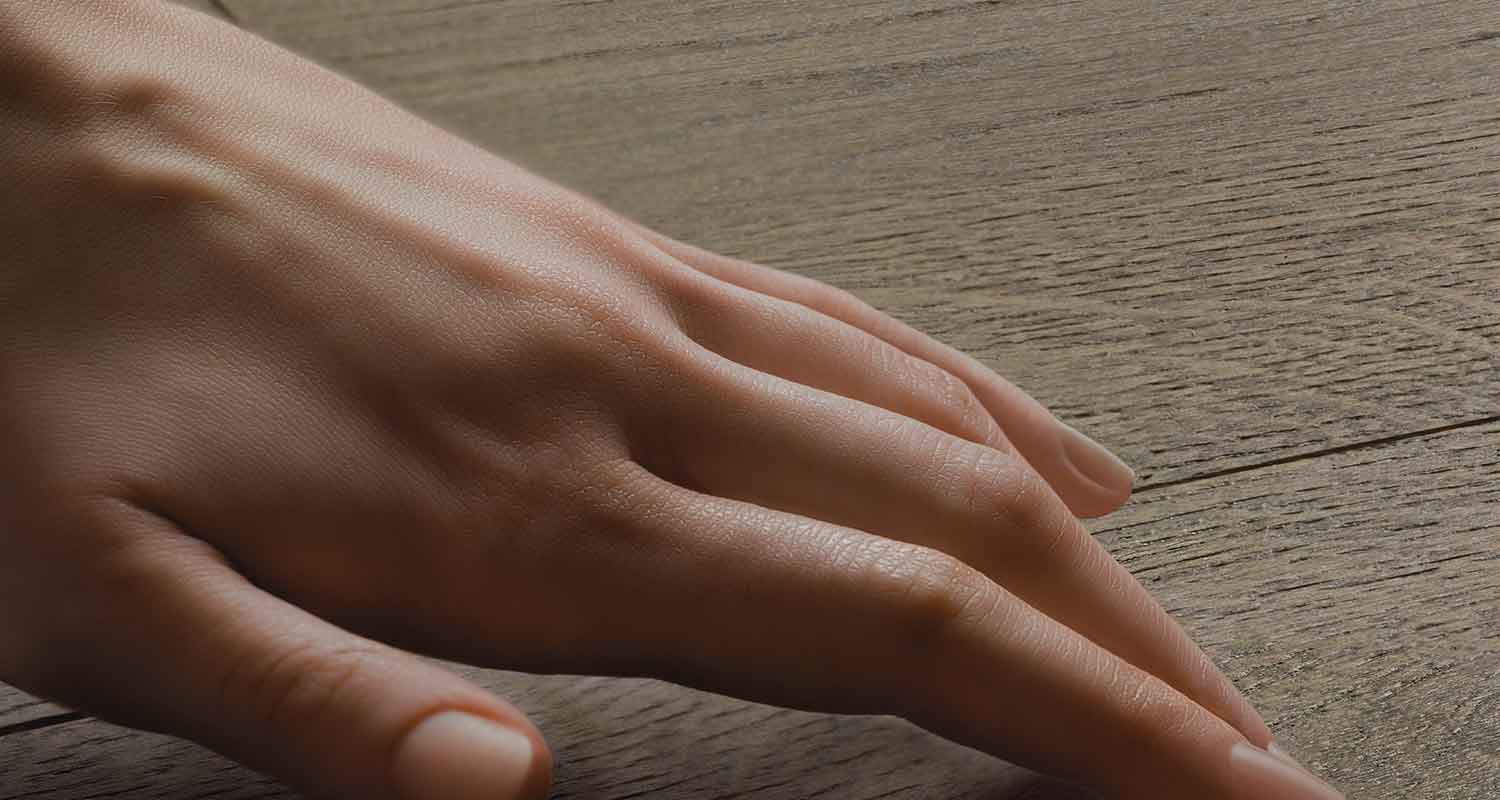When laid out on the floor, engineered boards look identical to solid wood. For many people, it can be a little bit confusing in terms of the difference between the two. But whilst engineered hardwood and solid hardwood floors can look the same, they have a few differences. So, how do they compare? Let’s explore.
SOLID HARDWOOD FLOORING
ENGINEERED WOOD FLOORING
Made Of
Pure, homogeneous hardwood from top to bottom and side to side.
Made of an actual but thin slice of hardwood on top. However, under this top layer is the core which can be made from different quality materials like HDF, plywood or a soft wood.
Wood Species
More choices of wood species when compared to engineered wood. Maple, hickory, red and white oak or pine are amongst most popular choices for solid hardwood flooring.
Fewer choices. Brazilian Cherry, red oak, hickory are the most common wood species for engineered wood.
Thickness
Usually 3/4″
3/8″ to 1/2″
Width
Standard width is 3.25″. Plank width starts at 5″ and can reach the width up to 11″.
Same as with solid hardwood, standard widths are 3.25″, with plank sizes starting at 5″.
Site Finished – Pre Finished
Site-finished which is also called unfinished accounts today for only about 25% of solid hardwoods. Pre-finished is usually the choice for solids.
There are still a few dealers out there who sell site-finished engineered wood flooring, but most engineered wood floors are sold as pre-finished.
Can It Be Sanded?
Yes, many times but to a certain point. After many years of sanding, solid hardwood flooring will eventually become too thin to sand.
Yes, but only once or twice and with a careful approach. We need to remember that it’s only a thin upper layer that constitutes hardwood.
Simplicity of Instalation
Solid hardwoods are either stapled down or nailed. They are never installed on a floating basis.
With engineered wood flooring, you have a far greater range of installation methods: click, glue and also stapling and nailing.
Durability
Excellent. Well-maintained solid hardwood will last your life. However, moisture is the enemy here. Wood floors can be saved after flooding, but they will never return to their former, perfect shape.
Generally good, but not as good as solid hardwood. Yes, it has the higher resistance to changes in moisture and it can be installed in places where solid wood can’t. There’s no doubt that it beats solid wood in this department. But, because the surface of actual hardwood is very thin, it can be chipped or de-laminated if it’s stressed too much.
Hardness
Wider range of wood hardness. Solid wood hardness ranges from extremely soft to extremely hard.
Soft hardwoods are less common in engineered wood format.
Where To Install
Bedrooms, hallways, dining rooms and living areas are the most common choice here. It might not be the best idea to install solid wood in kitchens, however, if waterproof mats are placed near dishwashers and sinks, and you are aware of dangers, solid hardwood can be acceptable. Bathrooms and basements are definitely not a good idea.
Same as for solid wood flooring, engineered boards are best to avoid in kitchens, but with appropriate precaution, it can be made to work. Again it’s a big No for bathrooms. But it can be installed below-grade as long as proper subfloor is laid out and the basement hasn’t got any moisture problems.
Resale Value
Excellent. If the floor is in good condition, it is on equal terms with engineered wood flooring.
Excellent. Engineered wood floors are also made of real wood and they can be advertised as such giving you more chances to increase the value of your property.
Cost
Even though prices can vary widely for both options, hardwood is generally more expensive than engineered flooring.
It is also more time-consuming to fit and requires more skills to be laid out.
CONCLUSION
In general, engineered floors are tougher, but well looked-after solid hardwood floors can last longer. Engineered wood can find its practicality in a few more rooms of the house, but it will not have the same longevity as the solid wood has.

